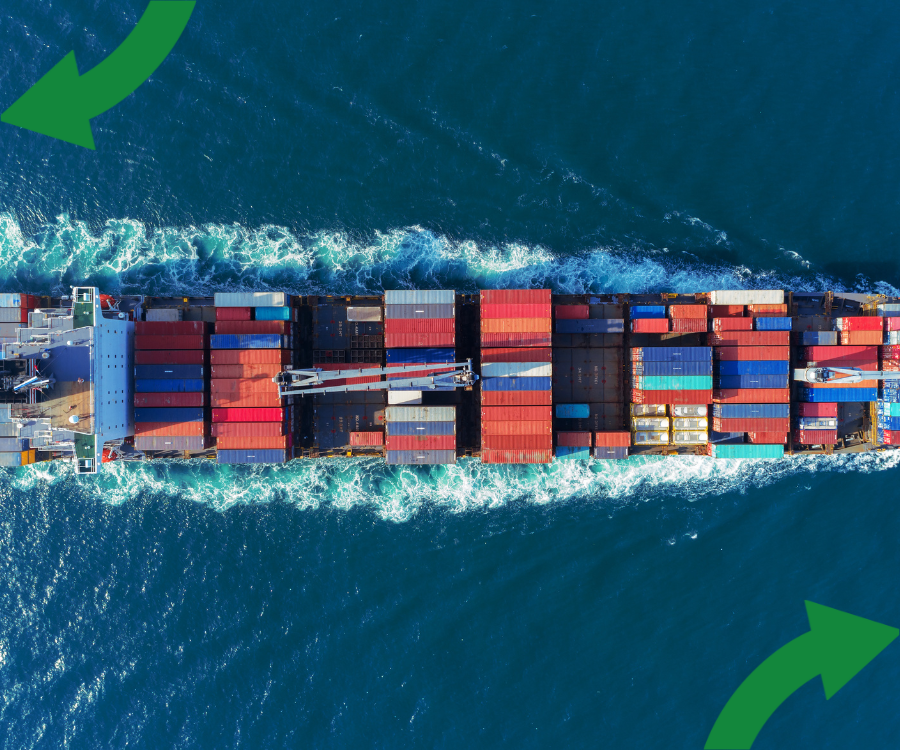A Nielsen study reported that 66% of consumers are willing to pay more for products from brands committed to sustainability. Sustainable procurement contributes to a positive brand image and can enhance customer loyalty.
What is Sustainable Procurement?
Sustainable Procurement is a process whereby organisations meet their needs for goods, services, works and utilities in a way that achieves value for money on a whole life basis in terms of generating benefits not only to the organisation, but also to society and the economy, whilst minimising damage to the environment.
Commitment to sustainable procurement ensures that a company’s core sustainability values are throughout the life cycle of their products and services. Best practice would be to future-proof your company’s sustainable procurement and investments by implementing sustainable policies that increase their long-term viability.
Common challenges faced by businesses
While sustainable procurement is a critical practice within sustainable development, there are several challenges associated with implementing it.
- Complex supply chains – many products have complex and global supply chains, making it challenging to trace the origin of material and assess their carbon impact. This can be a big challenge when trying to calculate Scope 3 emissions
- Limited supplier information – Suppliers may not always provide comprehensive and accurate information about their practices, making it difficult to evaluate impact
- Maintaining supplier relationships – A lot of organisations have historic supplier relationships that have been built on trust and stability over many years. Requesting changes to products and services to be more sustainable may damage or put strain on these relationships if the supplier cannot or does not want to meet these new requests
- Cost considerations – Sustainable products or services may have higher upfront costs, which can be a barrier for organisations, especially when faced with budget constraints
- Balancing Social, Environment and Economic Goals – Finding a balance between environmental, social and economic factors can be challenging. For example, a product may be environmentally friendly but produced in a facility with poor labour practices
- Lack of Standardisation – There is currently a lack of standardised criteria and definitions for what constitutes “sustainable” or “responsible” across industries, making it difficult for organisations to set consistent standards
- Market immaturity – In some sectors, sustainable alternatives might be limited or not readily available, hindering the ability to make environmentally friendly choices
- Regulatory compliance – Keeping up with and adhering to evolving sustainability regulations and standards can be challenging for organisation especially those operating in multiple jurisdictions
- Monitoring and reporting – Continuous monitoring and reporting on sustainability performance of suppliers can be resource-intensive and some organisations may struggle to implement robust tracking systems
- Greenwashing – Suppliers may exaggerate or misrepresent their sustainability efforts, making it challenging for organisations to identify and choose honest suppliers
- Long-term commitment – Sustainable procurement requires a long-term commitment which some organisations may struggle to maintain due to economic downturns or periods of financial strain
Overcoming Sustainable Procurement challenges
Addressing these challenges can feel overwhelming and often requires a combination of industry collaboration, standardisation efforts, increased transparency, and ongoing education and awareness initiatives.
Below are some tips on how organisations can begin to overcome some of these hurdles but it’s important to acknowledge that not all of these changes can happen at once and it will take time to implement.
- Engage with suppliers – Foster open communication with suppliers. Encourage them to adopt sustainable practices and collaborate on finding innovative solutions. Consider forming partnerships with suppliers that share similar sustainability goals and accept that there will be some suppliers that will be unwilling to change their ways of working
- Supply chain transparency – Work towards enhancing supply chain transparency by encouraging suppliers to disclose information about their sustainability practices
- Educate and Raise Awareness – Provide training and awareness programs to employees involved in procurement processes. Ensure they understand the importance of sustainable procurement and the potential long-term benefits for the organisation
- Incentivise sustainability – Offer incentives for suppliers to adopt sustainable practices, such as preferential treatment, longer-term contracts, or recognition programs. Financial incentives can also be considered to offset initial sustainability-related costs
- Leverage certification and standards – Utilise established sustainability certifications and standards relevant to the industry such as FSC, ISO14001, Fairtrade. This helps in setting clear benchmarks for suppliers and provides a basis for evaluating their environmental and social performance
- Develop clear policies and standards – Establish clear and comprehensive sustainable procurement policies and standards within the organisation. This provides a framework for decision-making and sets expectations for suppliers
- Collaborate with stakeholders – Engage with internal and external stakeholders, including suppliers, employees, customers, and industry partners. Collaborative efforts can lead to the development of industry-wide standards and best practices
- Integration with business strategy – Integrate sustainable procurement into the overall business strategy. Aligning sustainability goals with the core objectives of the business can help secure commitment and resources for sustainable practices
- Risk management – Assess and manage the risks associated with sustainable procurement. Understand potential risks related to supply chain disruptions, regulatory changes, or reputational damage and develop mitigation strategies
- Performance monitoring and reporting – Implement monitoring and reporting systems to track the sustainability performance of suppliers. Regularly review and analyse data to identify areas for improvement and celebrate successes
Still not sure how to get started?
If you require any advice or information on procurement policy or how your business can become more sustainable, we can help!
Contact us today for quote for energy audits and carbon reduction plans or for training and advice on carbon reduction and sustainable practices.


